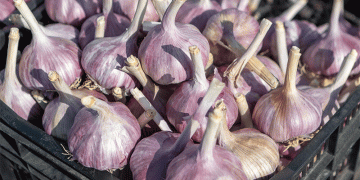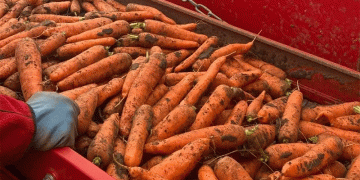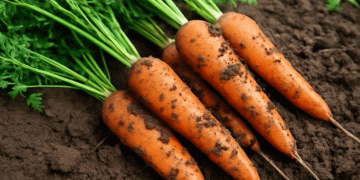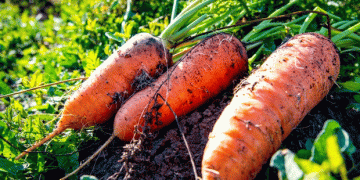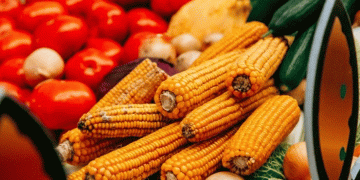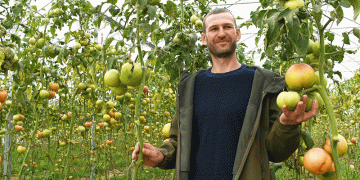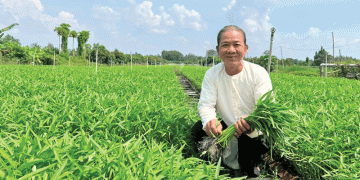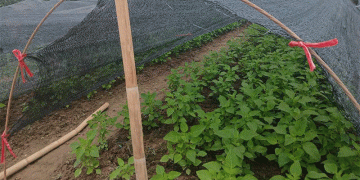Farmers in Pwintbyu Township, Magway Region, are harvesting onions earlier than usual due to escalating military tensions between local forces and the ruling junta. Reports indicate that disruptions in irrigation and pesticide application—key stages in onion cultivation—have led to underdeveloped bulbs and diminished crop quality.
One farmer explained, “We had to leave our fields during critical growth phases because of displacement threats. Now, even though early harvesting means lower prices, we have no choice.”
Plummeting Prices and Shrinking Market Access
The premature harvest has flooded the market with lower-quality onions, causing wholesale prices to drop from $0.58 per kg to just $0.38 per kg—a 34% decline. According to the FAO (Food and Agriculture Organization), such price volatility is common in conflict-affected regions, where supply chains are disrupted and buyers withdraw due to instability.
With only two major wholesalers currently purchasing, farmers struggle to sell their produce. “Traders are hesitant due to the uncertainty, so we’re forced to accept whatever price we can get,” a local grower said.
Financial Losses and Long-Term Risks
Farmers are recovering only two-thirds of their investment, leaving many in dire economic straits. The World Bank’s 2023 Myanmar Economic Monitor highlights that agricultural disruptions worsen rural poverty, with smallholder farmers being the most vulnerable.
The combination of conflict-driven early harvests, falling prices, and restricted market access is creating a crisis for Myanmar’s onion farmers. Without stability, farmers face continued losses, threatening food security and livelihoods. Sustainable solutions—such as secure supply chains and conflict mitigation—are urgently needed to support agricultural resilience.















